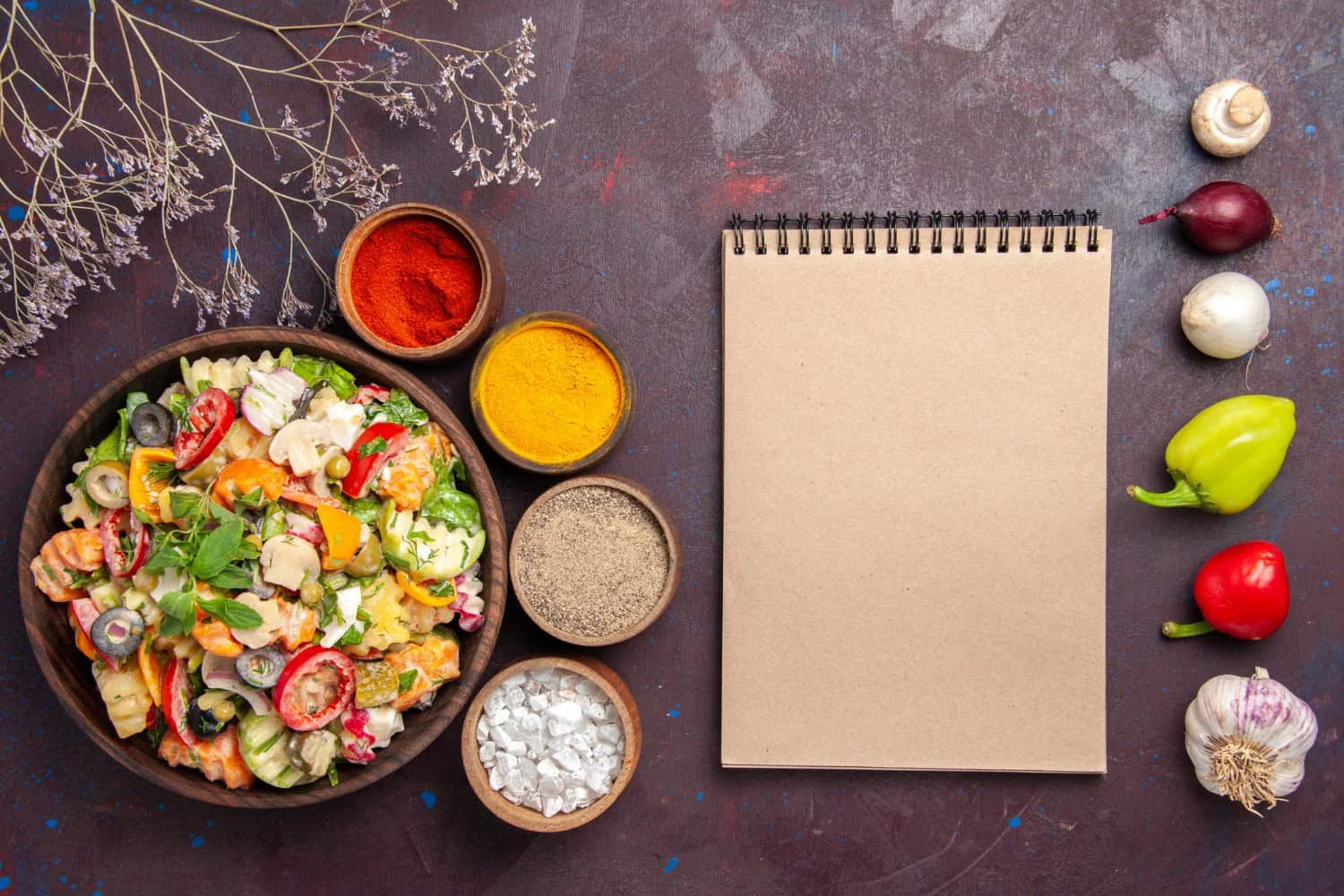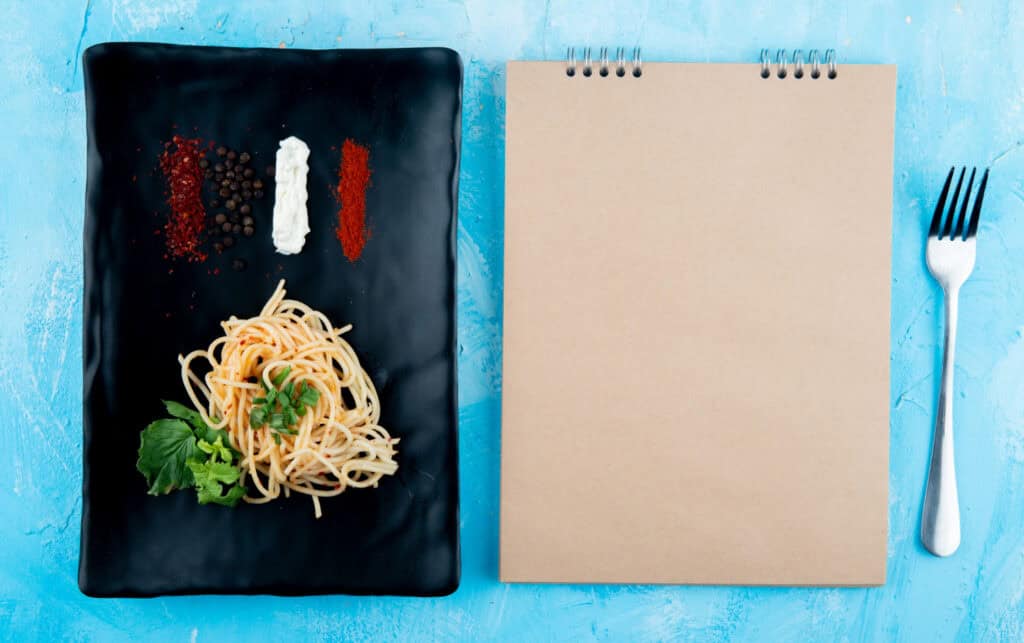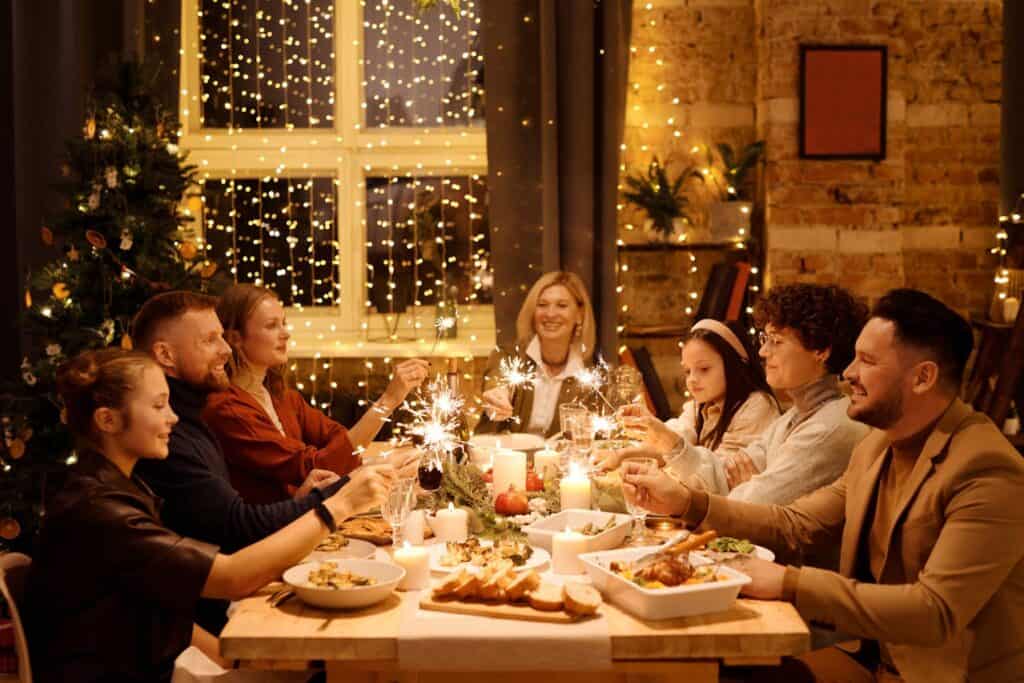
By Jermaine Thomas January 17, 2025
When organizing an event, whether it’s a wedding, business event, or family reunion, the food frequently becomes the focal point. Personalized catering has grown in popularity in the United States as hosts aim to design personalized menus that showcase their distinct preferences and accommodate their guests’ tastes.
The Rise of Personalized Catering in Modern Events
Personalized catering has transformed the event planning landscape. In the past, catering often involved a set menu with limited choices. However, modern hosts recognize that crafting a bespoke menu enhances the event’s appeal and ensures a memorable experience for all attendees. Personalized catering means tailoring the menu to match the event’s theme, incorporating individual preferences, and accommodating dietary restrictions.
A key factor contributing to the increase in personalized catering is the heightened emphasis on guest contentment. When visitors sense that their choices—like vegan, gluten-free, or allergen-sensitive selections—have been carefully taken into account, they tend to appreciate the event more. Moreover, providing a variety of choices accommodates different tastes, making sure that everyone, from selective diners to daring gourmets, discovers something they enjoy.
Another reason for the shift towards custom event menus is the desire to create unique experiences. Hosts want their events to stand out, and offering a carefully curated menu is a powerful way to achieve that goal. Whether it’s a wedding with a personalized cocktail menu or a corporate gala featuring themed food stations, personalized catering helps set the tone for an unforgettable event.
How to Create Personalized Menus
Crafting a custom event menu involves a thoughtful approach that balances creativity, practicality, and guest preferences. Here are key steps to guide you through the process:
1. Understand Your Audience
The initial step in developing a customized menu is to know who your visitors are. Are they food lovers who enjoy trying adventurous meals, or do they favor traditional comfort foods? Understanding your audience enables you to select dishes that will be appreciated.
For example, if you are planning a corporate event, a mix of elegant, easy-to-eat options such as canapés and finger foods might be ideal. On the other hand, a family gathering might call for heartier options like a buffet featuring traditional favorites. Gathering information about dietary restrictions and preferences in advance ensures that every guest feels included.
2. Align the Menu with the Event Theme
Your menu should complement the event’s overall theme and atmosphere. A formal black-tie gala might call for a plated dinner with gourmet dishes, while a casual beach wedding could feature a seafood buffet and tropical drinks. Incorporating elements of the event’s theme into the menu not only enhances the dining experience but also adds to the overall aesthetic.
Additionally, consider the time of year and location. Seasonal ingredients can enhance the flavor and freshness of your dishes while also adding a touch of local charm. For instance, a fall event could feature dishes with pumpkin, squash, and apples, while a summer event might highlight berries, citrus fruits, and fresh herbs.
3. Offer Variety and Balance
A well-rounded menu includes a mix of flavors, textures, and presentation styles. Offering a variety of appetizers, mains, and desserts ensures that guests have plenty of options to choose from. Balance is key—include a mix of light and rich dishes, vegetarian and meat options, and sweet and savory treats.
Think about adding interactive food stations where guests can personalize their meals. Create-your-own taco bars, pasta setups, and dessert stations introduce a sense of enjoyment and interaction, letting guests customize their meals to their preferences.
4. Collaborate with a Professional Caterer
Working with an experienced caterer can make the process of creating a custom menu much easier. Professional caterers have the expertise to suggest dishes that fit your theme, budget, and guest preferences. They can also handle the logistics of food preparation, presentation, and service, ensuring that everything runs smoothly on the day of the event.
When selecting a caterer, look for one who is open to customization and willing to work closely with you to bring your vision to life. Schedule a tasting session to sample potential dishes and finalize the menu well in advance of the event.

Unique Food Ideas for Memorable Occasions
If you want your event to stand out, incorporating unique food ideas into your menu is a must. Here are some creative options to consider:
1. Global Street Food Stations
Introduce your guests to global flavors by arranging street food stations that showcase dishes from various cultures. Imagine tacos from Mexico, dumplings from China, and crepes from France. These stations provide a variety of flavors while also fostering an engaging dining experience.
2. Gourmet Comfort Foods
Elevate classic comfort foods by giving them a gourmet twist. Serve mini sliders with truffle aioli, mac and cheese with lobster, or grilled cheese sandwiches paired with tomato bisque shooters. These familiar yet upscale options are sure to delight guests.
3. Farm-to-Table Fare
Adopt the farm-to-table trend by showcasing meals prepared with local, seasonal produce. This method not only improves the taste and quality of the food but also aids local farmers and minimizes the event’s carbon footprint. A farm-to-table menu could feature a vibrant garden salad, roasted organic chicken, and fruit pastries for dessert.
4. DIY Dessert Bars
End your event on a sweet note with a DIY dessert bar. Guests can customize their treats by choosing from a variety of toppings and flavors. Options include a build-your-own sundae station, a s’mores bar, or a cupcake decorating table. These interactive elements add a playful touch to the occasion.
5. Signature Cocktails and Mocktails
Creating a unique beverage for your occasion personalizes the experience and may spark discussions. Provide a selection of alcoholic and non-alcoholic choices to cater to every guest. Assign imaginative names to the beverages that connect with the event’s theme for an added touch of personalization.

The Benefits of Personalized Catering
Investing in personalized catering offers several benefits that go beyond simply feeding your guests. Here are some key advantages:
1. Enhanced Guest Experience
When guests sense that their preferences have been taken into account, they are more inclined to have a good time. Tailored menus foster a feeling of belonging, making certain that all individuals have options they can consume and appreciate.
2. Greater Flexibility
Custom event menus offer greater flexibility than standard catering packages. Whether you want to incorporate cultural dishes, accommodate dietary restrictions, or feature unique ingredients, personalized catering allows you to tailor the menu to your specific needs.
3. A Lasting Impression
A well-designed menu for an event creates a memorable experience for attendees. When individuals recall the food’s deliciousness and uniqueness, they are more inclined to link pleasant memories with the event.
Final Thoughts
Creating customized menus for significant events demands thoughtful preparation, imagination, and meticulousness. By knowing your audience, matching the menu to the event’s theme, and collaborating with a skilled caterer, you can craft a dining experience that pleases your guests and enhances your event. Include distinctive culinary concepts and considerate details to ensure your event is genuinely memorable.
Personalized catering is more than just a trend—it’s a way to turn any event into a bespoke experience that reflects your style and leaves guests raving long after the last bite.